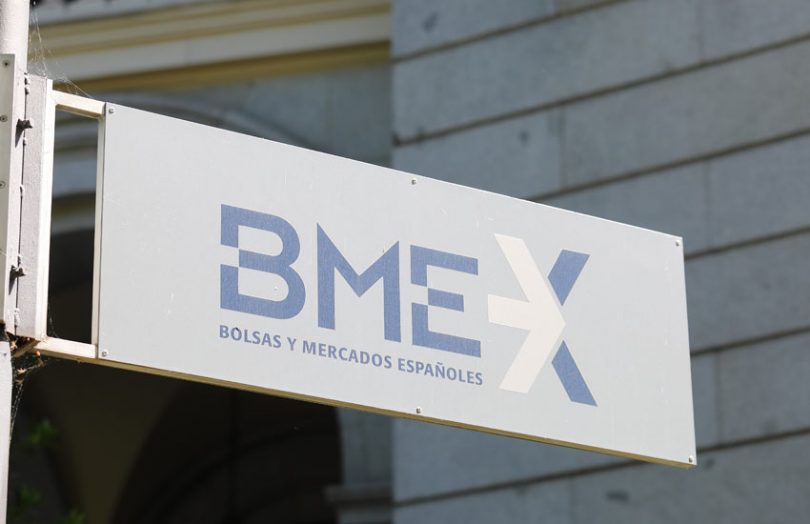Today Spanish stock exchange BME announced that the Inter-American Development Bank (IDB) has issued a 2 year $10 million blockchain-based bond, the first Spanish bond to be listed on a regulated market. The project is a template for IDB and its Latin American LACChain blockchain initiative with plans to issue future thematic bonds in Spain, Latin America and the Caribbean.
“We expect it (DLT) to bring about such significant reductions in issuance frictions and costs that they could lead to an expansion of capital markets, making them accessible to small investors,” said Irene Arias Hofman, CEO of IDB Lab.
“For the IDB Group it is also a basis for future developments to finance green investments, women’s entrepreneurship and social impact of high strategic interest”.
Throughout the process, smart contracts were used for issuance, purchase, sale and settlement. In the future, they will be used for other corporate events such as coupon payments.
Spanish bank BBVA played a crucial role in the DLT pilot project by tokenizing money, which will be used for all payments during the term of the bond. Additionally, it acts as the transaction’s digital custodian, digital structurer, and active bookrunner. A few years ago, BBVA won an award for running extensive pilots of blockchain-based bonds experimenting with several different debt types.
Other participants in the IDB bond issuance include Citi, which acted as agent, with electricity utility Iberdrola and wealth management bank Renta 4 investing in the bond.
The BME ran the technology side through its central securities depository (CSD), Iberclear, with ioBuilders as its partner. It worked in association with LACChain, the blockchain network IDB has developed for the Latin American and Caribbean regions.
The Spanish stock exchange is now part of the SIX group, which last year issued a blockchain-based bond in Switzerland on its regulated SIX Digital Exchange (SDX). BME has also been involved in blockchain trials for carbon offsets and has a DLT platform for collateral pledges.
The project used the Hyperledger Besu Ethereum client with the tokenized money and the bond on the same blockchain.
Update: added details re blockchain technology and the amount of the bond issuance






